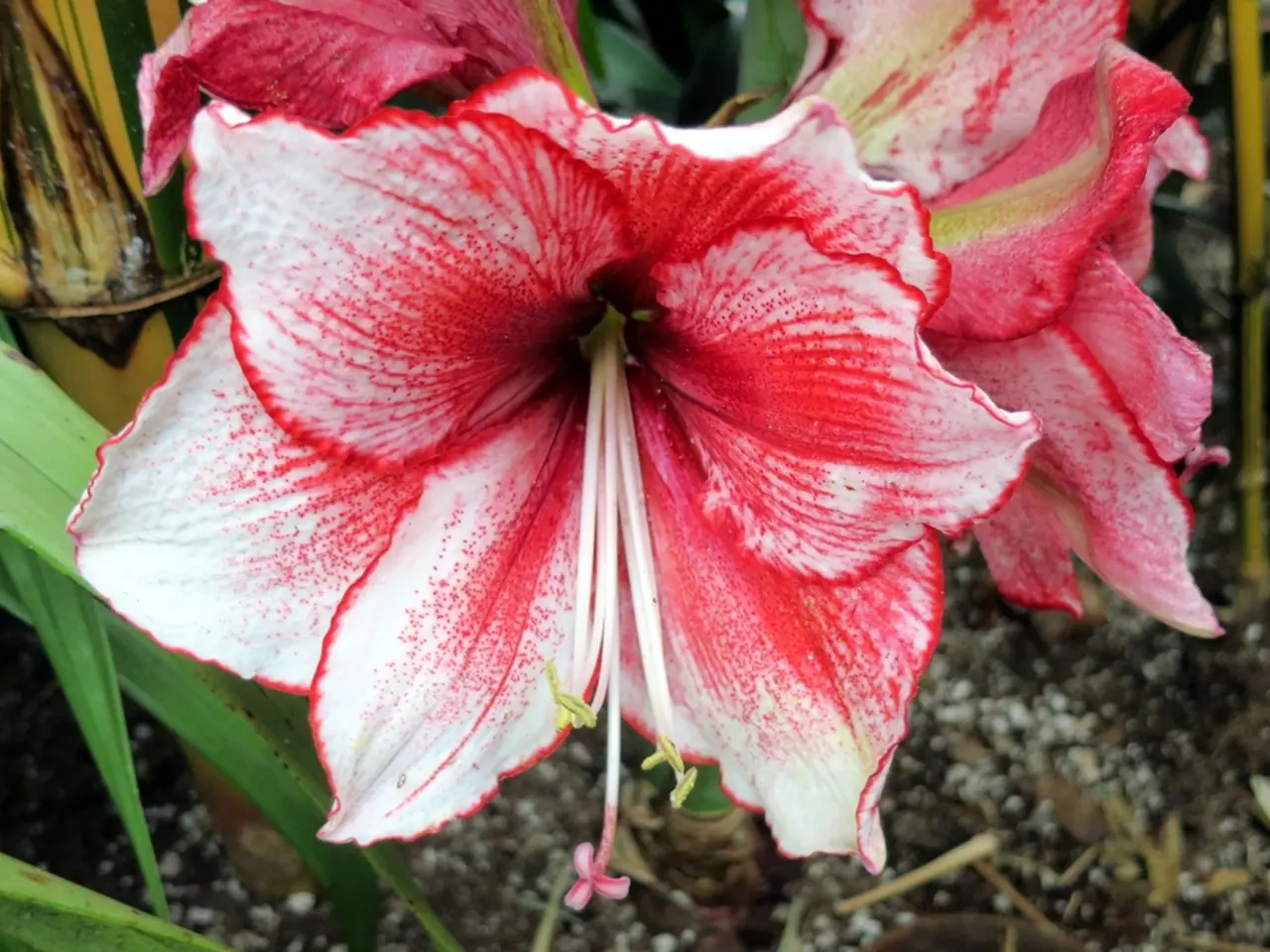Best Methods for Applying Phosphorus in Organic Gardening
Enriched Soil with Phosphorus: Enhancing Plant Growth
To replenish phosphorus in your garden soil organically, both the source and application method matter. Here’s a practical, expert guide focused on organic techniques.
Organic Sources of Phosphorus
Organic gardening relies on natural sources to enrich the soil. Here are some of the best options for phosphorus:
- Composted Animal Manure: Well-composted chicken and cow manure are excellent, slow-release phosphorus sources. Always compost manure before applying to avoid excessive nitrogen that could harm plants or soil health.
- Bone Meal: This is a fast-release organic phosphorus amendment, making it suitable when rapid uptake is needed.
- Rock Phosphate: A slow-release, natural mineral that gradually supplies phosphorus over several years. It’s best added to soil in advance of planting and worked into the root zone.
- Fish Emulsion: Acts as a liquid, fast-acting phosphorus supplement when used as a soil drench. Ideal for a quick boost, but can attract animals due to its odor.
- Compost: Most homemade or commercial composts provide moderate phosphorus levels, especially if made with high-P materials like manure or fish waste.
Application Methods
Choosing the right application method is crucial to getting the most out of your phosphorus sources. Here are some common methods:
| Method | Description | Best For | Notes | |--------------------|---------------------------------------------------------------------------------------------|---------------------------------|-----------------------------------------------------| | Soil Incorporation | Mix dry amendments (e.g., rock phosphate, bone meal, compost) into the top 6–12 inches of soil before planting. | All soils, especially at prep for new beds | Provides long-term fertility; slow-release effect. | | Side-Dressing | Apply dry or liquid fertilizers in a band next to plant rows during the growing season. | Established plants needing P boost | Delivers nutrients near active root zones. | | Soil Drench | Liquid fertilizers (e.g., diluted fish emulsion, compost tea) poured at the plant base. | Quick, targeted application | Attracts animals; avoid foliar spray for P. | | Broadcast Spreading| Evenly spread granular amendments over the soil surface, then water in. | Large areas or lawns | May need to be raked in for best contact. | | Drip Irrigation | Inject liquid fertilizers directly to the root zone via drip systems. | High-value crops, precise feeding | Efficient, reduces waste, minimal runoff. |
Practical Tips
- Soil Testing First: Always test your soil to determine phosphorus needs and soil pH. Phosphorus becomes less available in soils with pH outside the 6.0–7.0 range, so adjust pH first if necessary.
- Timing: Apply phosphorus-rich amendments before planting for best results. For established plants, side-dress or use liquid drenches during active growth periods.
- Avoid Over-Application: Excess phosphorus can run off, polluting waterways. Follow soil test recommendations and apply only as needed.
- Combine with Organic Matter: Pair phosphorus amendments with compost or mulch to improve soil structure and microbial activity, enhancing nutrient cycling and plant uptake.
Key Takeaways
- Composted manure, bone meal, rock phosphate, fish emulsion, and compost are top organic phosphorus sources.
- Incorporate dry amendments before planting, side-dress during growth, or use liquid drenches for established plants.
- Soil testing and pH adjustment maximize phosphorus availability and prevent environmental harm.
- Regenerative practices—like adding compost and maintaining soil organic matter—support long-term phosphorus availability and soil health.
By selecting the right phosphorus source for your soil’s condition and applying it effectively, you can sustainably boost plant health and productivity in your organic garden. To apply fish emulsion, diluted or store-bought, use a watering can or sprayer to water your plants with the mixture. The odor may be strong but will dissipate within a day or so. It is important to test your soil to ensure you are not adding too much phosphorus. Compost contains small amounts of phosphorus and other essential nutrients, and it improves soil health and nutrient availability. Rock phosphate is a mineral source of phosphorus that can be used in organic gardening, and it slowly releases phosphorus over several years, making it ideal for long-term soil improvement. Animal manure, especially from chickens or sheep, is rich in phosphorus and provides additional organic matter to the soil. Manure is typically applied in the fall or early spring to allow time for it to break down before planting. The amount of manure to use depends on the type of manure and the nutrient requirements of your plants. Phosphorus fertilizers, such as superphosphate and triple superphosphate, provide a quick boost of phosphorus for soils that need rapid supplementation.
- In organic gardening, composted animal manure, bone meal, rock phosphate, fish emulsion, and compost are top choices for organic phosphorus sources.
- Soil testing is essential to determine phosphorus needs and soil pH before applying any phosphorus-rich amendments.
- Dry amendments like rock phosphate, bone meal, and compost should be mixed into the top 6–12 inches of soil before planting for long-term fertility.
- For established plants, liquid fertilizers like fish emulsion or compost tea can be used as a soil drench or diluted with water for a quick boost, but it's important to be aware of potential animal attraction due to its strong odor.




